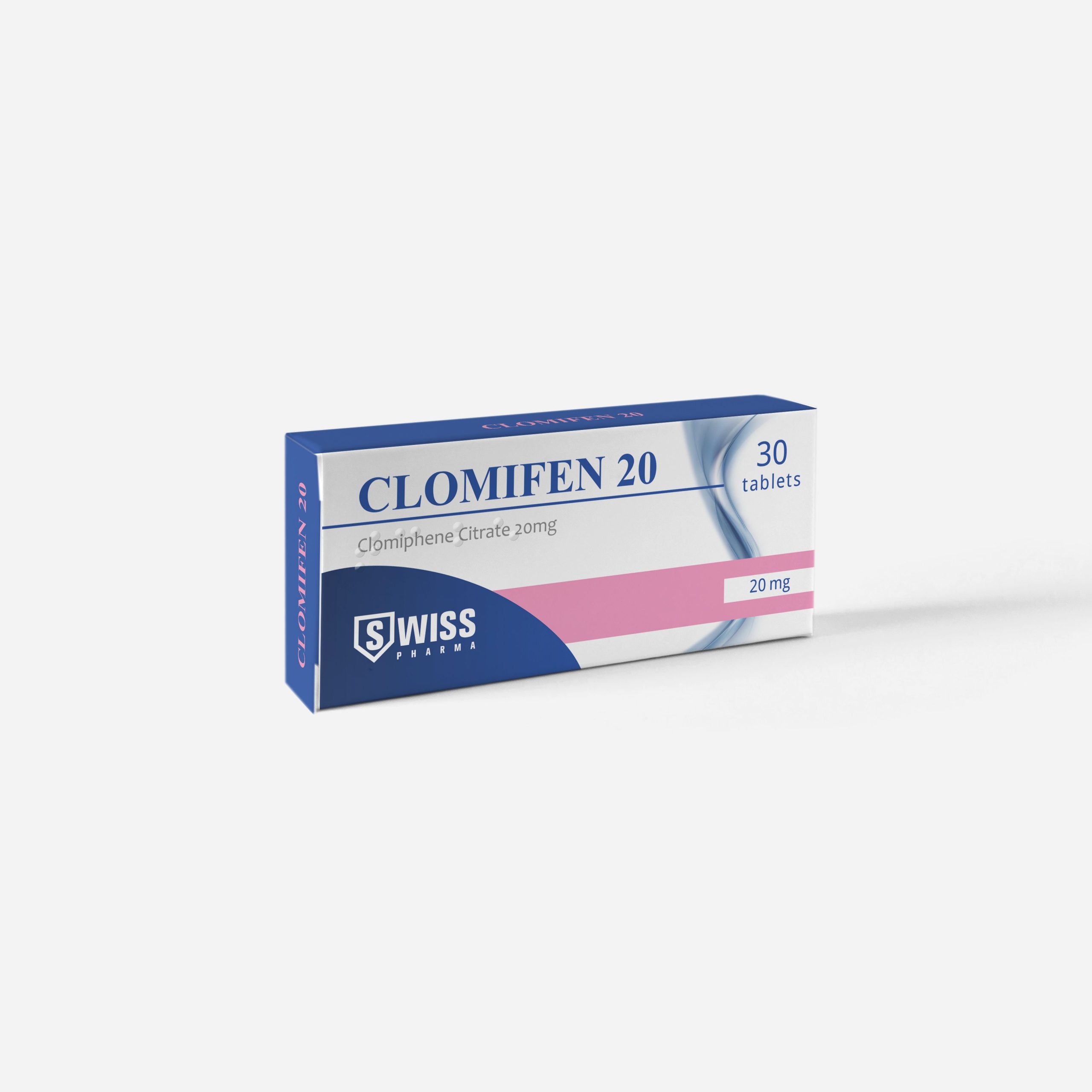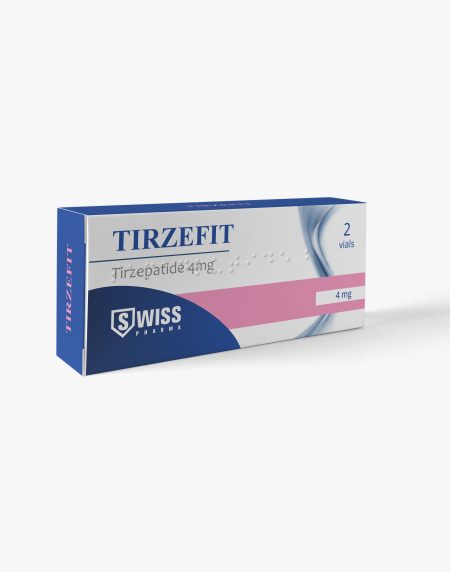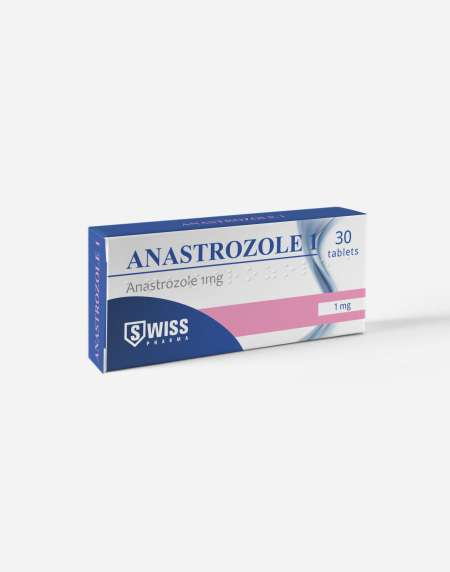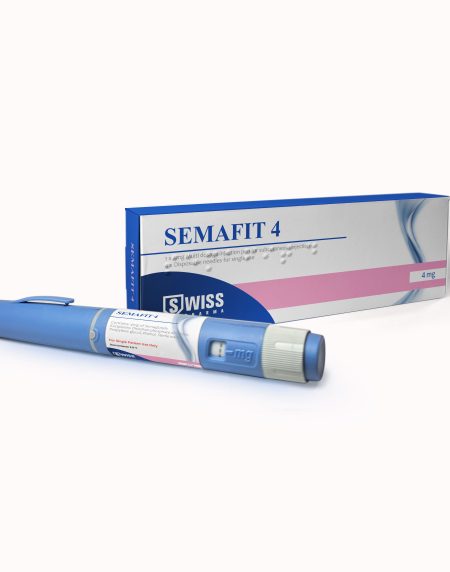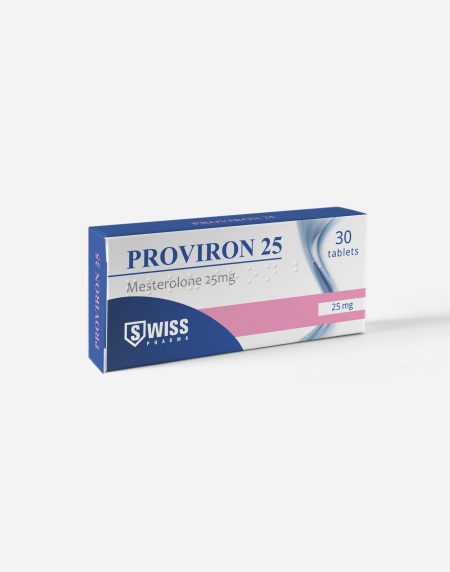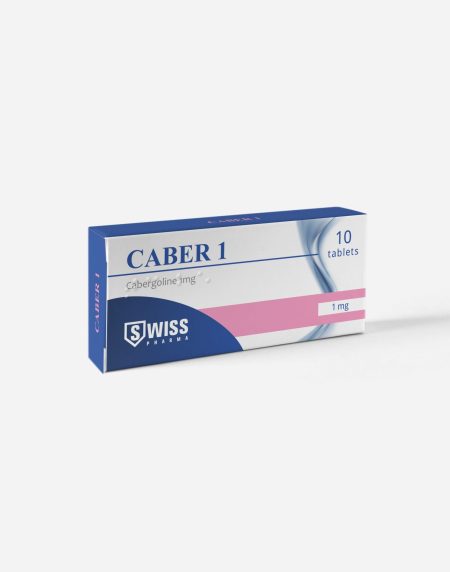Details
What is Clomiphene?
Clomiphene, commonly known under the name Clomid, is a selective estrogen receptor modulator (SERM) that plays a vital role in post-cycle therapy (PCT) for those of us who use anabolic steroids. Initially developed and prescribed as a fertility medication for women, Clomiphene has since become a cornerstone compound in the world of performance enhancement — particularly for men looking to restore natural testosterone production after a cycle. For those of us who prioritize hormonal health, strength retention, and long-term performance, Clomiphene is an essential tool.
The way Clomiphene works is by binding to estrogen receptors in the hypothalamus and pituitary gland, effectively blocking estrogen’s feedback loop. As a result, our bodies perceive a lack of estrogen, which in turn stimulates the release of luteinizing hormone (LH) and follicle-stimulating hormone (FSH). These hormones are crucial because they trigger the testes to resume or increase natural testosterone production. When our endogenous testosterone has been suppressed due to exogenous anabolic use, this process becomes absolutely necessary to recover hormonal balance.
In a post-cycle context, Clomiphene is not just about restoring testosterone — it’s about maintaining muscle mass, libido, mental well-being, and overall metabolic function. Without proper PCT, even the best cycle can result in hormonal crashes, strength losses, and prolonged fatigue. That’s why we always recommend Clomiphene as a foundational part of any serious post-cycle strategy.
Effects of Clomiphene
The most critical benefit of Clomiphene for us as athletes and physique enthusiasts is its ability to stimulate natural testosterone production following suppression. During a steroid cycle, especially those involving compounds like testosterone, Trenbolone, or Nandrolone, our bodies downregulate their own hormonal output. Once the cycle ends, we are left in a vulnerable state where testosterone is low, estrogen may be elevated, and the risk of muscle loss, fat gain, and emotional imbalance increases significantly. Clomiphene helps counteract this process by reigniting the body’s internal hormone production mechanisms.
One of the first things many users report upon starting Clomiphene is a noticeable increase in energy levels, libido, and general vitality. These changes are a direct result of hormonal normalization. Mood stability improves, training motivation returns, and the body begins to feel more responsive and resilient again. This is particularly important for those of us who want to maintain cycle gains while easing the transition back to natural functioning.
Clomiphene also helps reduce the risk of estrogenic side effects that may linger post-cycle, including gynecomastia or water retention, by competing with estrogen at the receptor level. While it does not eliminate estrogen production directly (unlike aromatase inhibitors), it helps mitigate the impact of estrogen during recovery.
Most importantly, Clomiphene helps preserve muscle mass post-cycle. Elevated testosterone levels support protein synthesis, strength, and recovery — allowing us to retain the hard-earned progress made during the cycle. Without proper PCT, we risk losing not just performance, but motivation and hormonal stability as well.
Dosage of Clomiphene
Getting the dosage of Clomiphene right is essential to maximizing its effectiveness while minimizing potential side effects. For most of us completing a moderate to heavy anabolic cycle, the recommended starting dose is 50 mg per day for the first two weeks of post-cycle therapy. This higher initial dose helps jumpstart the hypothalamic-pituitary-gonadal (HPG) axis and stimulate a strong LH and FSH response.
After the first two weeks, the dosage is typically tapered down to 25 mg per day for an additional two to three weeks, depending on individual recovery speed and the nature of the compounds used during the cycle. The total duration of PCT with Clomiphene usually ranges between 4 to 6 weeks, although more aggressive cycles may require slightly longer protocols.
It’s best to begin Clomiphene therapy about 3–5 days after the last dose of short-acting compounds or 10–14 days after long-acting esters. This timing ensures that exogenous hormones have cleared sufficiently from the body, making PCT more effective.
We always advise against exceeding the recommended doses. Higher isn’t better — and in some cases, can actually hinder recovery by increasing side effects or desensitizing the receptors. Clomiphene should be taken orally, preferably at the same time each day to maintain consistent blood levels. It can be taken with or without food, although taking it with meals may reduce any gastrointestinal discomfort.
Side Effects of Clomiphene
While Clomiphene is generally well-tolerated when used responsibly, it’s important to be aware of potential side effects. As with any compound that interacts with the endocrine system, some users may experience temporary mood swings, irritability, or emotional sensitivity, especially in the first days of PCT when hormonal fluctuations are most pronounced.
Another common, yet usually mild, side effect is visual disturbance, such as light sensitivity or blurred vision — though this tends to occur at higher doses or with prolonged use. These symptoms typically subside once the compound is discontinued. We encourage monitoring any persistent issues closely and reducing the dose if necessary.
Some users also report headaches, nausea, or changes in libido (both increases and decreases), which again are usually dose-dependent. Rarely, extended use of Clomiphene may lead to desensitization of pituitary receptors, which is why we emphasize short-term, focused use during post-cycle therapy only.
It’s also worth noting that Clomiphene can temporarily elevate estrogen levels due to increased testosterone aromatization. For this reason, some individuals choose to pair it with a low-dose aromatase inhibitor during PCT, but this should be done cautiously and only when necessary.
Used properly, Clomiphene offers a safe and reliable way to recover from a cycle, preserve gains, and support long-term hormonal health. The key lies in using it with purpose — not as a casual add-on, but as an integral part of your overall cycle planning.

